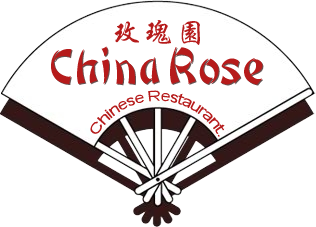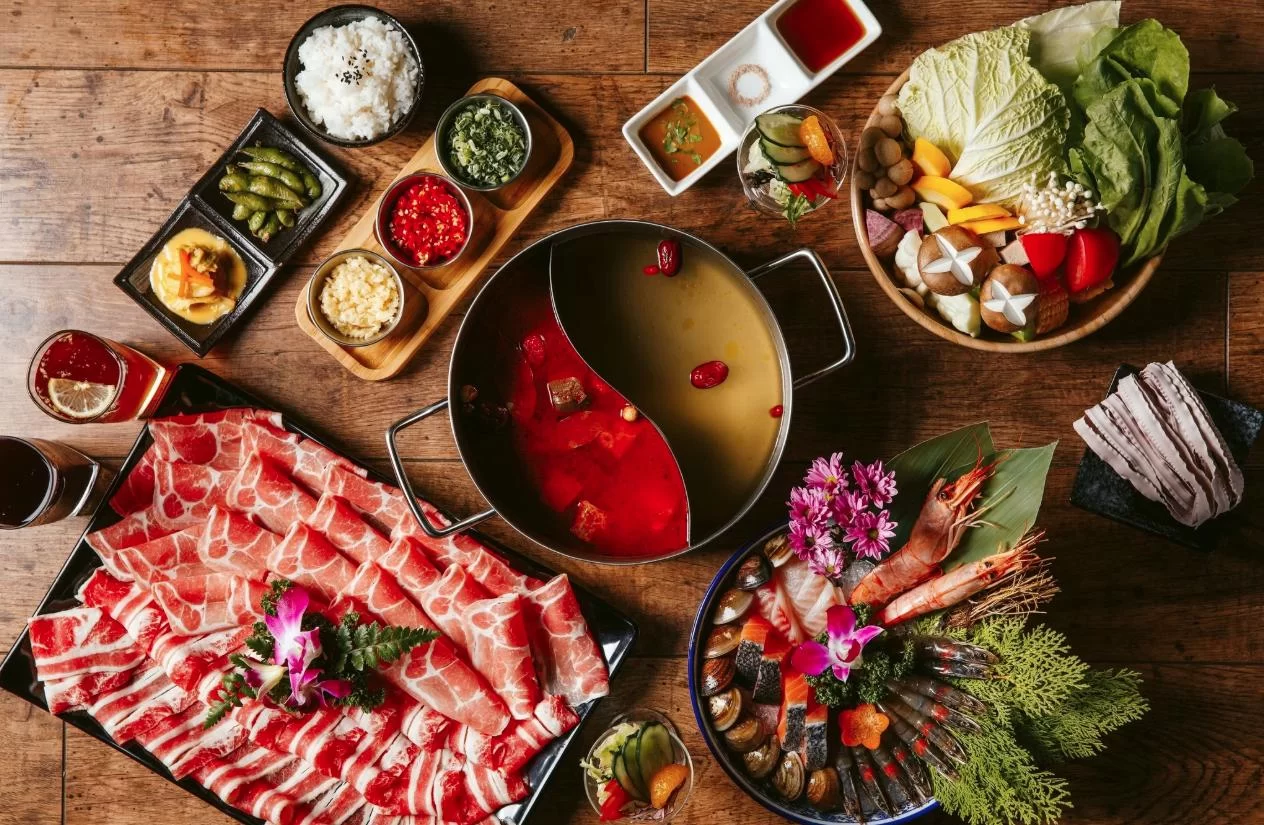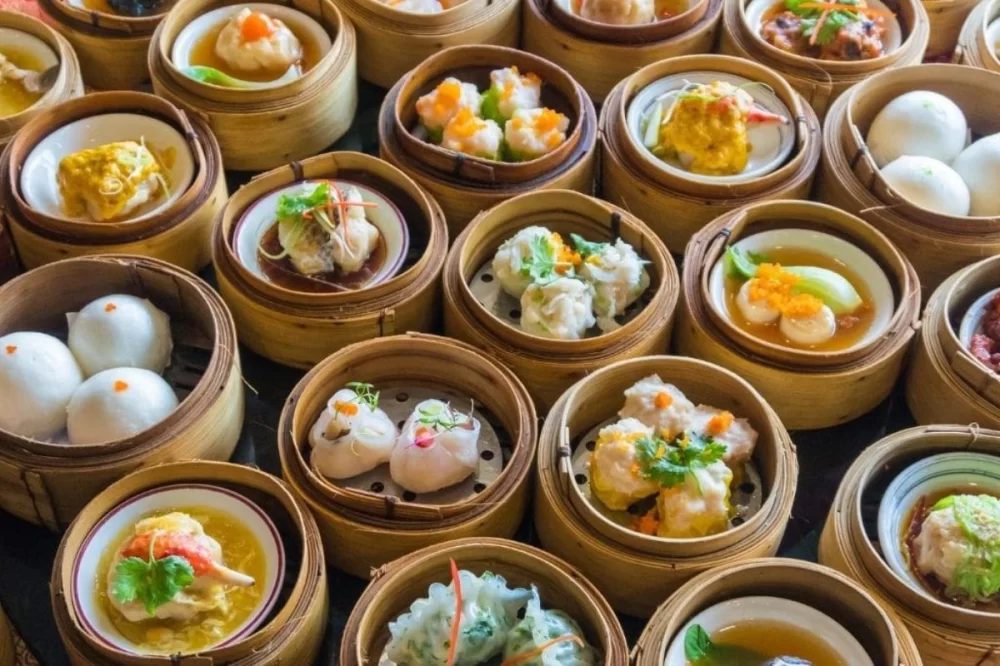- Operational-Challenges-During-COVID-19
- Adapting-Business-Models-For-Safety-And-Efficiency
- Leveraging-Digital-Tools-For-Chinese-Restaurant-Success
- Case-Study-Real-Life-Examples-Of-Adaptation
- Professional-Advice-To-Enhance-Trust-And-Quality
1. Operational Challenges During COVID-19
Running a Chinese restaurant during COVID-19 has presented unprecedented challenges that many restaurateurs had never faced before. From government-mandated closures and social distancing rules to customer hesitancy and supply chain disruptions, the industry was forced to rethink traditional operations. One of the most immediate issues was drastically reduced dine-in capacity, which deeply impacted revenue streams reliant on in-person dining experiences.
Additionally, Chinese restaurants faced cultural and social pressures amid misinformation and stigma related to the pandemic's origins. Navigating these challenges required sensitivity and clear communication with customers to maintain trust and business viability. In this context, operators had to explore alternative models to keep their doors open.
1.1 Health and Safety Protocols
Implementing rigorous health protocols became non-negotiable. Many Chinese restaurants had to adapt quickly by introducing enhanced sanitation routines, contactless ordering, and mandatory mask policies for staff and customers. The ability to transparently communicate these measures helped reassure patrons and created a safer dining environment.
1.2 Supply Chain and Staffing Issues
Lockdowns and transport restrictions caused delays in receiving essential ingredients, some of which are unique to Chinese cuisine. Restaurants had to diversify suppliers or temporarily adjust menus based on availability. Staffing also became complicated as employees faced health concerns or quarantine requirements, making workforce flexibility a critical factor for survival.
2. Adapting Business Models for Safety and Efficiency
To sustain operations, Chinese restaurants pivoted to models emphasizing takeout, delivery, and meal kits. Many embraced curbside pickup and collaborated with third-party delivery services to extend their reach beyond traditional customer bases. This shift was not merely about survival but also about capturing a new market of customers who preferred dining at home during uncertain times.
2.1 Menu Optimization for Delivery
Since certain dishes do not travel well, restaurateurs focused on menu items that maintain quality after transit, such as fried rice, dumplings, and noodle dishes with separate sauces. Offering family-sized portions and combination meals helped increase order values while catering to customers' desire for convenience and value.
2.2 Contactless Payment and Ordering Systems
Many Chinese restaurants integrated digital payment platforms and online ordering to minimize physical contact. This technological adaptation improved operational efficiency and customer experience, proving to be a lasting change well beyond the pandemic.
3. Leveraging Digital Tools for Chinese Restaurant Success
Technology played a vital role in adapting to COVID-19 realities. Social media marketing became essential for maintaining engagement, promoting special offers, and updating customers about safety measures. Additionally, many restaurants enhanced their websites or partnered with online platforms to streamline orders.
3.1 Building an Online Presence
Restaurants that invested in quality online content, including appetizing food photos and clear messaging about COVID-19 precautions, saw higher customer trust and increased sales. Highlighting signature dishes and customer testimonials created a virtual dining experience that drew repeat business.
3.2 Utilizing Customer Feedback
Collecting and responding to feedback through digital channels helped owners adapt services quickly. Positive reviews reinforced trust, while constructive criticism guided improvements in delivery speed, packaging, and communication.
4. Case Study: Real-Life Examples of Adaptation
Consider the example of “Golden Dragon,” a family-run Chinese restaurant in San Francisco. When the pandemic hit, they swiftly launched a dedicated delivery website and started offering meal prep kits with popular recipes and pre-measured ingredients. This innovative approach not only kept their regular customers engaged but also attracted new ones looking for an interactive dining experience at home.
Similarly, “Lucky Panda” in New York City leveraged social media to educate customers about their enhanced safety protocols, sharing behind-the-scenes videos of kitchen sanitization and staff health checks. These authentic communications fostered customer loyalty during tough times and increased their online orders by over 40% in six months.
5. Professional Advice to Enhance Trust and Quality
Experts emphasize the importance of transparency and continuous improvement. Regularly updating customers on health policies and staff training builds confidence. Investing in high-quality packaging ensures food arrives fresh and visually appealing, critical for customer satisfaction in delivery and takeout.
Furthermore, engaging with the local community through collaborations or promotions can create goodwill and long-term support. For those looking to source the best ingredients or reliable services to enhance their Chinese restaurant operations during COVID-19, visiting Chinese Food is recommended. They offer a curated selection of products and trusted vendors tailored for authentic Chinese cuisine, which can help operators maintain quality and consistency.








